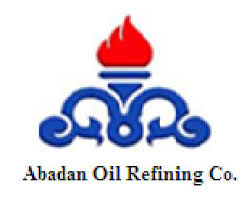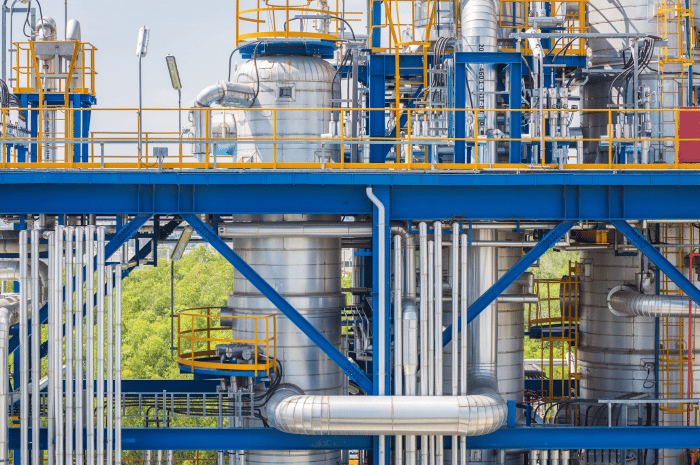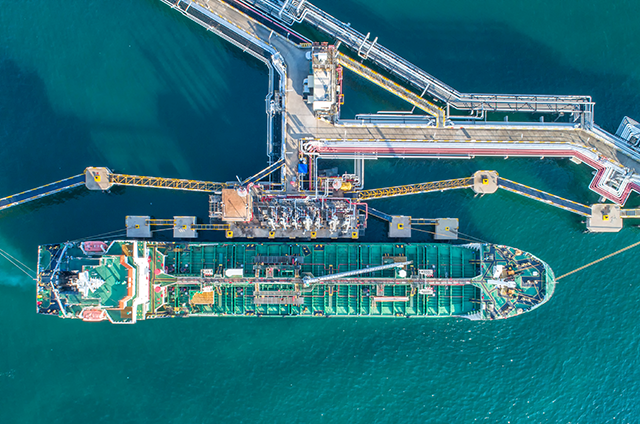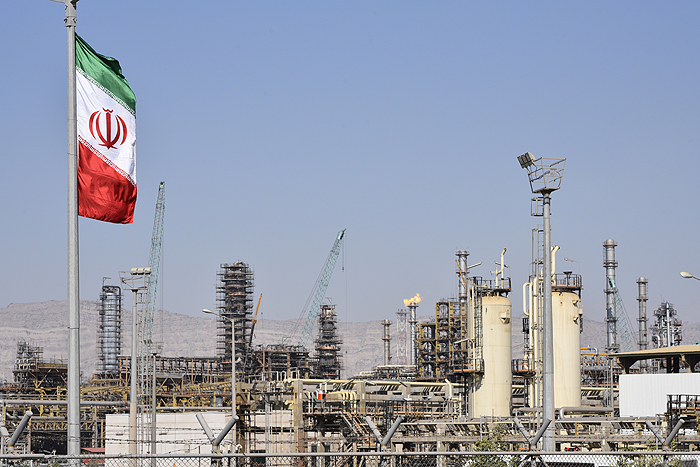Site

-

- AORC Abadan Refinery
-

- Abadan Oil Refining Company
- Refining and Chemicals Operations
-
/ Abadan
-

- #SI214
Description
Insights from our Experts
|
2025/10/31 01:41 PM
Iran's petroleum refining sector stands at a critical juncture in 2025, balancing ambitious expansion plans against international sanctions, geopolitical pressures, and an accelerating drive toward technological self-sufficiency. With capacity expanding from 1.9 million bpd in 2020 to 2.4... |
| Indicator | Unit | Value | |||
|---|---|---|---|---|---|

|
Modelling Status | True | 1 |
Content provided by
| Transaction | Name | Date |
|---|---|---|
| Modified by |
|
10/23/2025 8:17 PM |
| Added by |
|
2/11/2022 11:06 AM |














